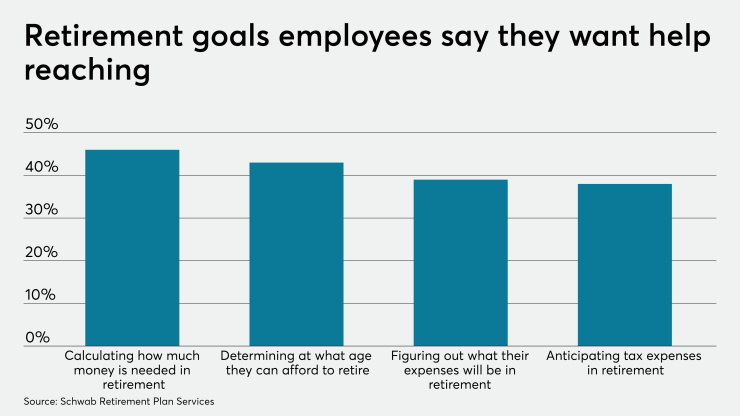The economic turmoil caused by the pandemic has highlighted the need for a retirement savings system overhaul, especially to help those most vulnerable to market volatility, including pre-retirees and retirees reliant on their 401(k) savings.
New research from Prudential took a deep dive into the impact of the pandemic’s effect on the economy and found that those with the least time to recover — employees between the age of 55 and 64 — will likely be the most affected. The research points to the need for retirement savings plans to evolve to address the risks of this population.
Read Also:
“401(k) plans must make the shift from being a savings account to a retirement plan that gets employees through their retirement years with greater certainty. The missing link to produce that kind of an outcome is income,” says Harry Dalessio, the head of institutional retirement plan services at Prudential Retirement. “A true retirement plan delivers a steady paycheck and must drive the savings, investment and spending behaviors needed both prior to and during retirement to reduce the likelihood of retirees running out of money.”
Dalessio shared his thoughts on the impact of the current health crisis on retirees and how 401(k) plans need to evolve for a post-pandemic America in a recent one-on-one interview.
What are the three key retirement savings risks facing employees today?
[The top risk is] running out of money, because workers simply haven’t saved enough and are living longer. [There’s also] lack of an effective strategy for replacing income during retirement, which can hurt pre-retirees and retirees the most when periods of market volatility occur. [Another issue is] not having access to professional advice at the workplace, which could help employees get their financial house in order so they don’t have to resort to drawing from their retirement plans in emergencies, which may affect their ability to retire on time.
Read Also:
The right plan design can help organizations better address all three of these risks, which can in turn help them increase the retirement security of their workforce while simultaneously increasing the organization’s bottom line now and into the future.
How has the COVID-19 pandemic highlighted how unprepared workers are for retirement?
Americans were already underprepared for retirement. They struggled to save due to juggling competing priorities like student loan debt, credit card debt and limited access to workplace savings and benefits plans.
COVID-19 has caused an additional amount of financial stress with a negative impact on personal finances. Millions of people have been furloughed temporarily or permanently, or have undergone a significant reduction in hours, wages and benefits. While enhanced unemployment benefits have been a help for some, it does not replace the entirety of what is lost.
What are the three key areas employers need to focus on to improve 401(k) functionality in a post-COVID environment?
Coming out of this pandemic employers need to enhance their retirement plan design, so employees don’t overreact the next time the market takes a dip, no matter the cause. Employers must maximize all plan design best practices, which includes automatic enrollment, automatic escalation, re-enrollment, QDIAs (e.g. TDFs, managed accounts,).
While the majority of plan sponsors have automatic enrollment and a QDIA, not all have yet taken advantage of automatic escalation and re-enrollment, which has been shown to drive better savings and investment behaviors and outcomes.
The second key area is income. Employers must create a true paycheck in retirement – plans should incorporate a lifetime income component, which is the missing ingredient in today’s 401(k)s.
Finally, there must be a focus on individual wellness. Employers must help workers improve their overall financial health by incorporating holistic financial wellness programs to supplement workers’ retirement plans, which is especially helpful for workers who don’t have access to professional financial advice.






